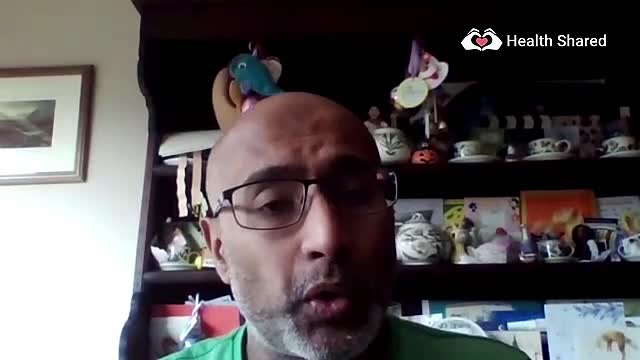Diarrhoea and vomiting
Diarrhoea and vomiting are common in adults, children and babies. You can have them together or on their own.
They're usually caused by a stomach bug and should pass in a few days.
How to treat diarrhoea and vomiting yourself
You can usually treat yourself or your child at home.
The most important thing is to have plenty of fluids to avoid dehydration.
Do
- stay at home and get plenty of rest
- drink lots of fluids, such as water and squash – take small sips if you feel sick
- carry on giving breast or bottle feeds to your baby – if they're being sick, try giving small feeds more often than usual
- for babies on formula or solid foods, give small sips of water between feeds
- eat when you feel able to – you don't need to have or avoid any specific foods
- take paracetamol or ibuprofen if you're in discomfort – check the leaflet before giving them to your child
Don't
- have fruit juice or fizzy drinks – they can make diarrhoea worse
- make baby formula weaker – use it at its usual strength
- give young children medicine to stop diarrhoea
- give aspirin to children under 16
How long diarrhoea and vomiting last
In adults and children:
- diarrhoea usually lasts 5 to 7 days
- vomiting usually lasts 1 to 2 days
Diarrhoea and vomiting can spread easily
If you have a stomach bug, you could be infectious to others.
You're most infectious from when the symptoms start until 2 days after they've passed. Stay off school or work until the symptoms have stopped for 2 days.
To avoid spreading an infection:
Do
- wash your hands with soap and water frequently
- wash dirty clothing and bedding separately on a hot wash
- clean toilet seats, flush handles, taps, surfaces and door handles every day
Don't
- prepare food for other people, if possible
- share towels, flannels, cutlery or utensils
- use a swimming pool until 2 weeks after the symptoms stop





Comments